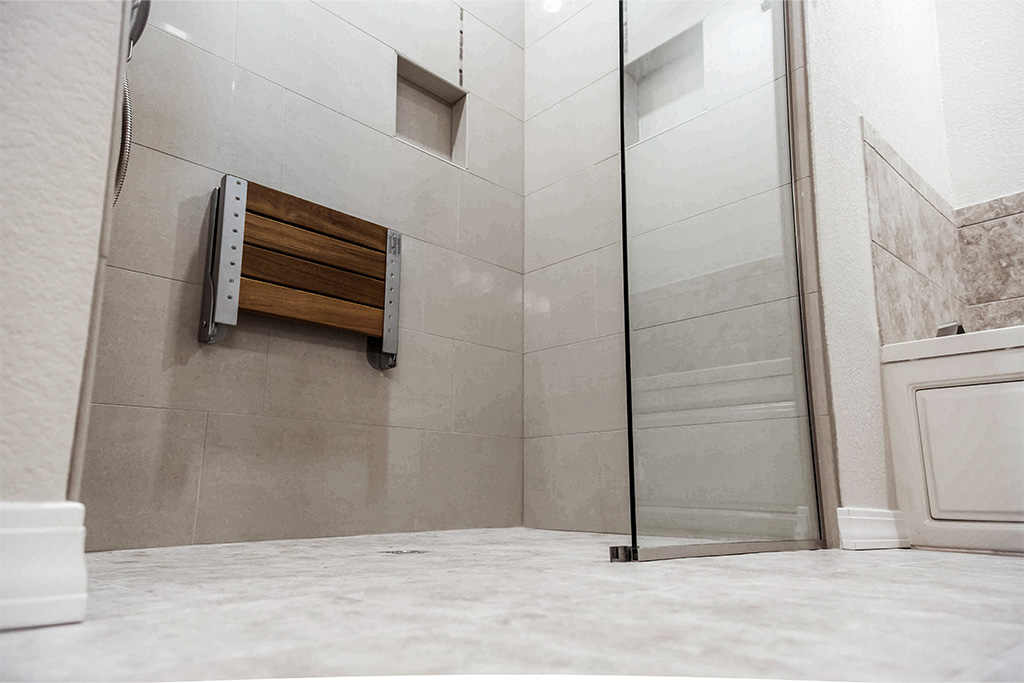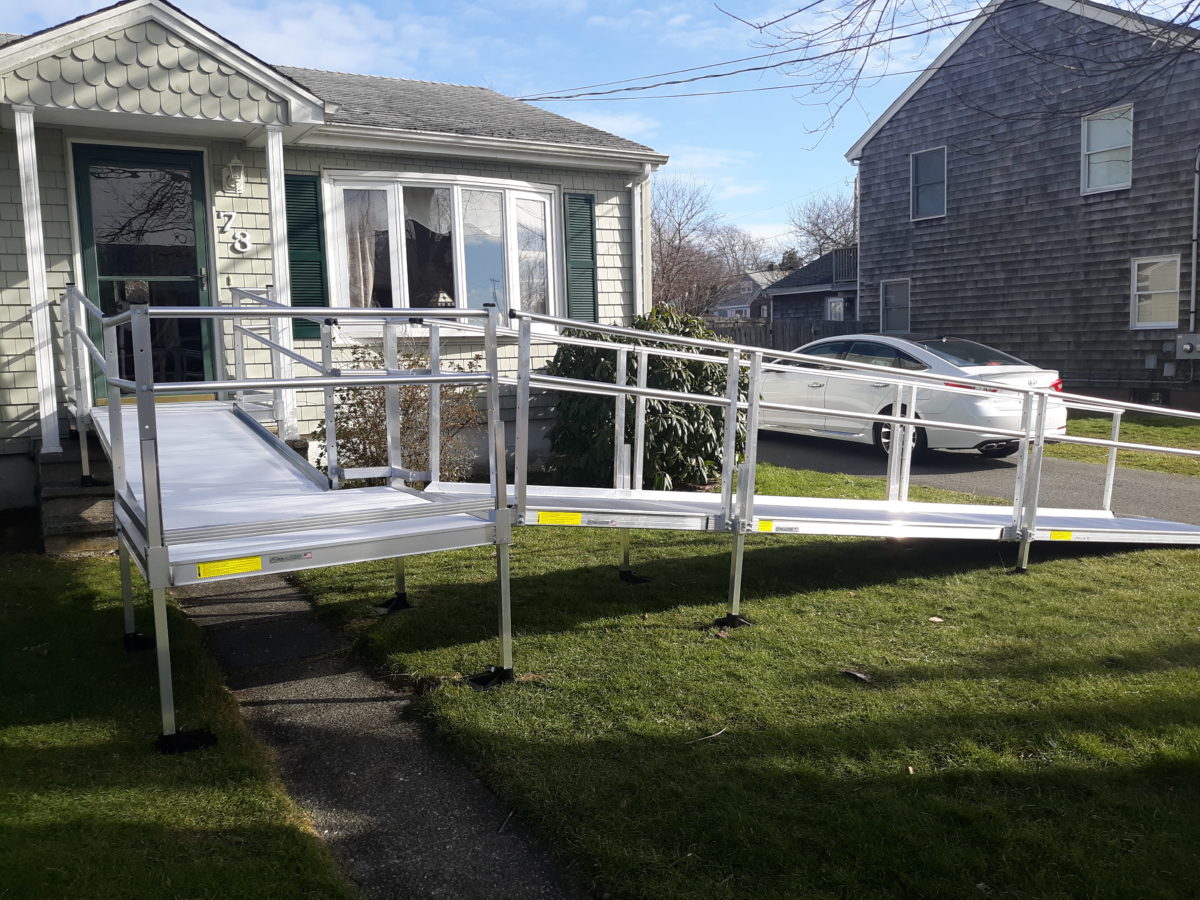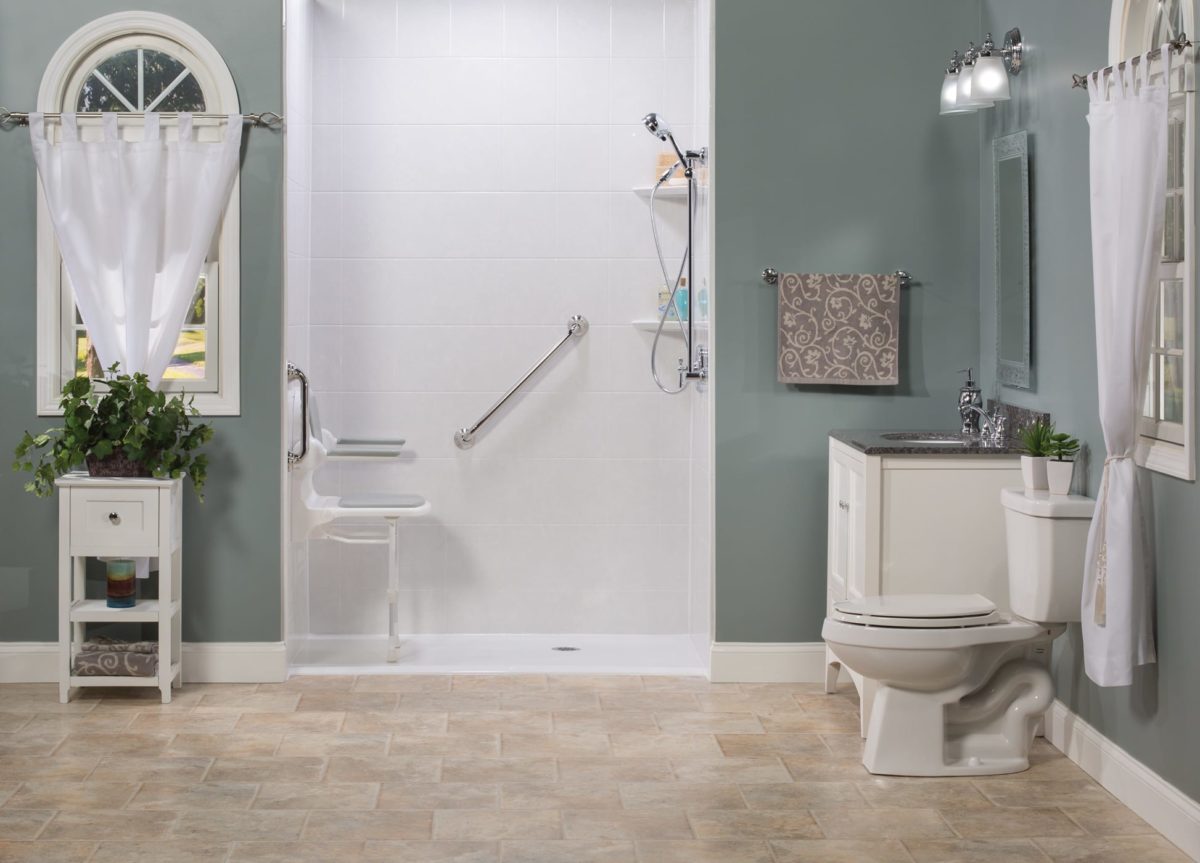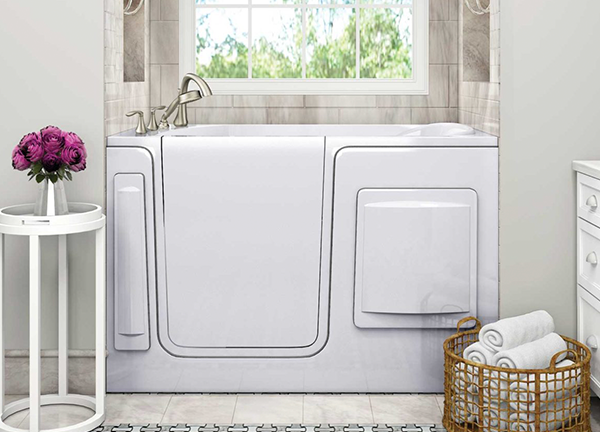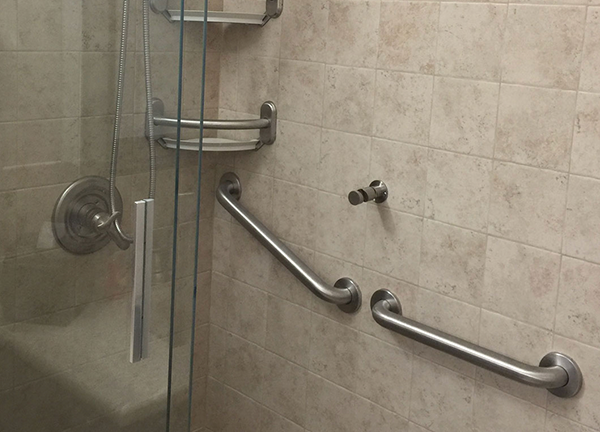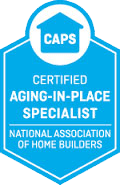Barrier-free showers are designed to provide a safer and more comfortable bathing experience for people with disabilities or those who have difficulty moving around. While these showers are typically equipped with a variety of safety features, some homeowners may not be aware of the full range of options available to them. If you are a Rhode Island handicapped homeowner looking to make your barrier-free shower safer, we provide a comprehensive guide to the latest safety features and recommendations.
Non-Slip Flooring
One of the key features of a safe barrier-free shower is non-slip flooring. With frequent water exposure, shower floors can become extremely slippery, leading to slips and falls. To prevent these hazards, you can install slip-resistant tiles or non-slip mats in your shower. These materials can provide a stable surface to stand on and reduce your risk of injury.
Grab Bars
Another important safety feature for barrier-free showers is grab bars. These bars can be installed on the inside walls of the shower to help you maintain balance and stability while standing. They can also be used for support while sitting and getting up from a shower seat. A wide range of sizes and styles of grab bars are available, from simple stainless steel bars to stylish and decorative ones.
Shower Seats
For those who find it difficult to stand for long periods, shower seats can be a lifesaver. Shower seats come in a range of sizes and materials, from small folding seats to large acrylic benches. They can be mounted to the wall or placed directly on the shower floor and offer a safe and comfortable way to sit while bathing. Some seats come with adjustable height and backrests for additional comfort and support.
Anti-Scald Technology
To prevent burns and injuries from hot water, anti-scald technology can be installed in your barrier-free shower. This technology regulates the water temperature and prevents it from getting too hot, keeping you safe and comfortable while bathing. Some products also include an alarm that sounds when the water temperature reaches an unsafe level.
Shower Curtains and Doors
Last but not least, shower curtains and doors can also contribute to safety in your barrier-free shower. If you prefer a barrier-free shower without doors, a curtain can be installed to keep water inside the shower and prevent water from leaking onto the bathroom floor. Alternatively, shower doors can be installed to prevent water from escaping and reduce the risk of slips and falls.
Safety Features for Barrier-Free Showers
Making your barrier-free shower as safe as possible is important for maintaining your independence and reducing the risk of injury. With these safety features, you can ensure your shower provides a comfortable and risk-free experience. From non-slip floors and grab bars to shower seats and anti-scald technology, there are many options available to suit your needs and preferences. Consider incorporating some of these safety features into your barrier-free shower to enhance your peace of mind and provide the most secure and comfortable bathing experience possible.

